The Deepwater Horizon oil spill was ten years ago, and Louisiana’s coastal habitat is being rebuilt to flourish even better than before. In fact, lands that experts predicted would have vanished by now are supporting fish, wildlife, and outdoor recreation spending.
A decade ago, bulldozers, excavators, and hard-hat-donning work crews were removing millions of pounds of sand and vegetation coated in thick, tarry oil from Louisiana’s beaches and barrier islands after the Deepwater Horizon oil disaster.
The heavy equipment and hard hats have returned to our coast, but now it’s in an effort to restore damaged fish and wildlife habitat using fines paid by BP and others responsible for the spill. This year alone, the Louisiana Coastal Protection and Restoration Authority—in conjunction with federal partners at the U.S. Fish and Wildlife Service and the National Marine Fisheries Service—will begin, continue, or conclude restoration projects representing an investment of more than $250 million in Deepwater Horizon penalties.
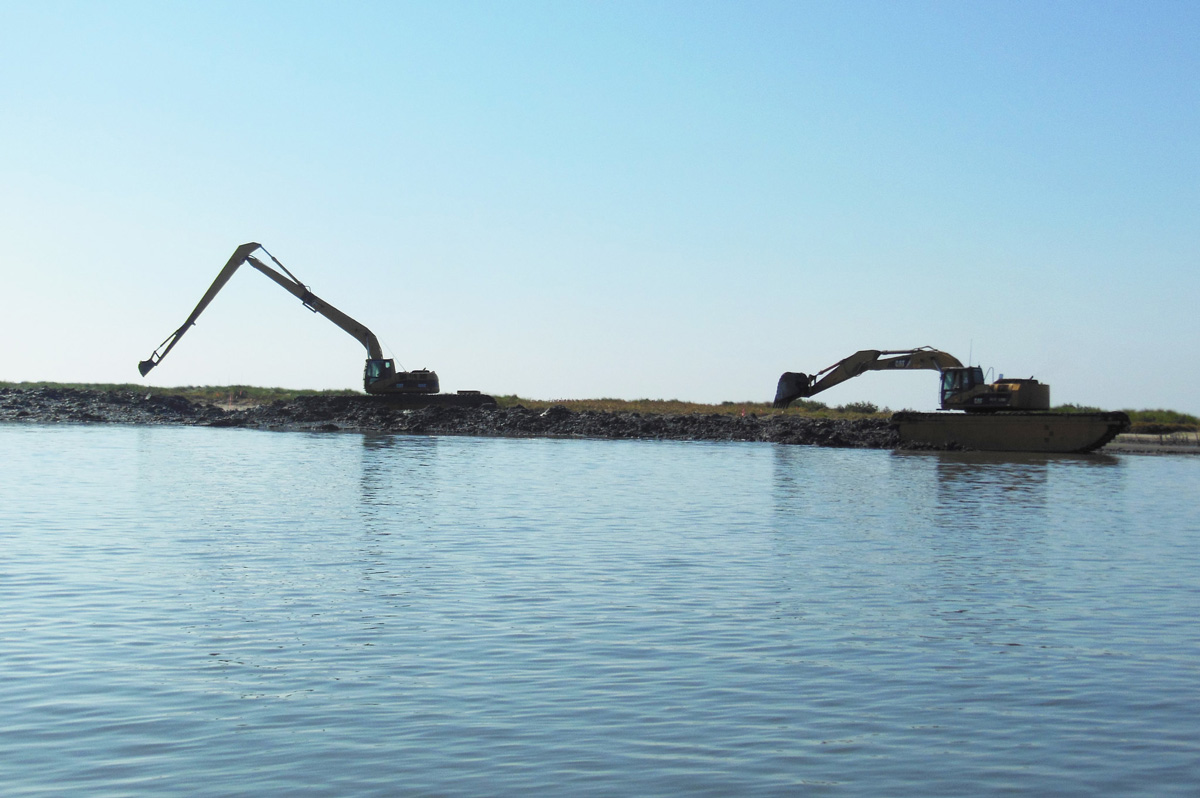
Thirteen barrier islands and headland beaches line the Louisiana coast from Venice to the Barataria, Timbalier, and Terrebonne Basins. All of them have either been restored in the 10 years since the oil stopped spewing or will be restored in the next 10 years. In addition, some smaller islands beyond these areas—which are also critical habitat for fish, brown pelicans, and other coastal birds—have been restored.
Louisiana’s barrier islands and beaches are all remnant headlands of the ever-shifting Mississippi River Delta and the first line of defense against hurricanes and violent winter storms that batter the northern Gulf. Without barrier islands to break up the waves and dampen storm surges, the vulnerable wetlands and nursery grounds north of the islands would crumble and coastal communities would become even more exposed to the full fury of the Gulf of Mexico.
Of course, this is also extremely important habitat for the Gulf’s most popular sportfish, like speckled trout, redfish, and Spanish mackerel. If the surf is light, these beaches and islands are lined with boats and surf anglers tossing topwaters, live shrimp, and a variety of plastic plugs and swimbaits. On most summer days, the line of boats along popular Elmer’s Island and Timbalier Island stretches from horizon to horizon.
The dynamic nature of Louisiana’s coastline and the lack of sediment input from the Mississippi River has shortened the lifespan of many of these critical islands, especially since the river was extensively levied in the late 19th and early 20th century. Without investments of oil spill penalties and funds from state-federal partnership programs, some islands would be little more than subsurface sandbars today.
“In the early 80s, the islands in Terrebonne Parish were losing land at a tremendous rate and the prediction then was that all of those islands would be gone by 2015,” says Bren Haase, executive director of Louisiana’s Coastal Protection and Restoration Authority. “However, there have been a host of restoration efforts made throughout the area that have kept those islands largely intact and the land area has stayed roughly constant over the last 30 years.”
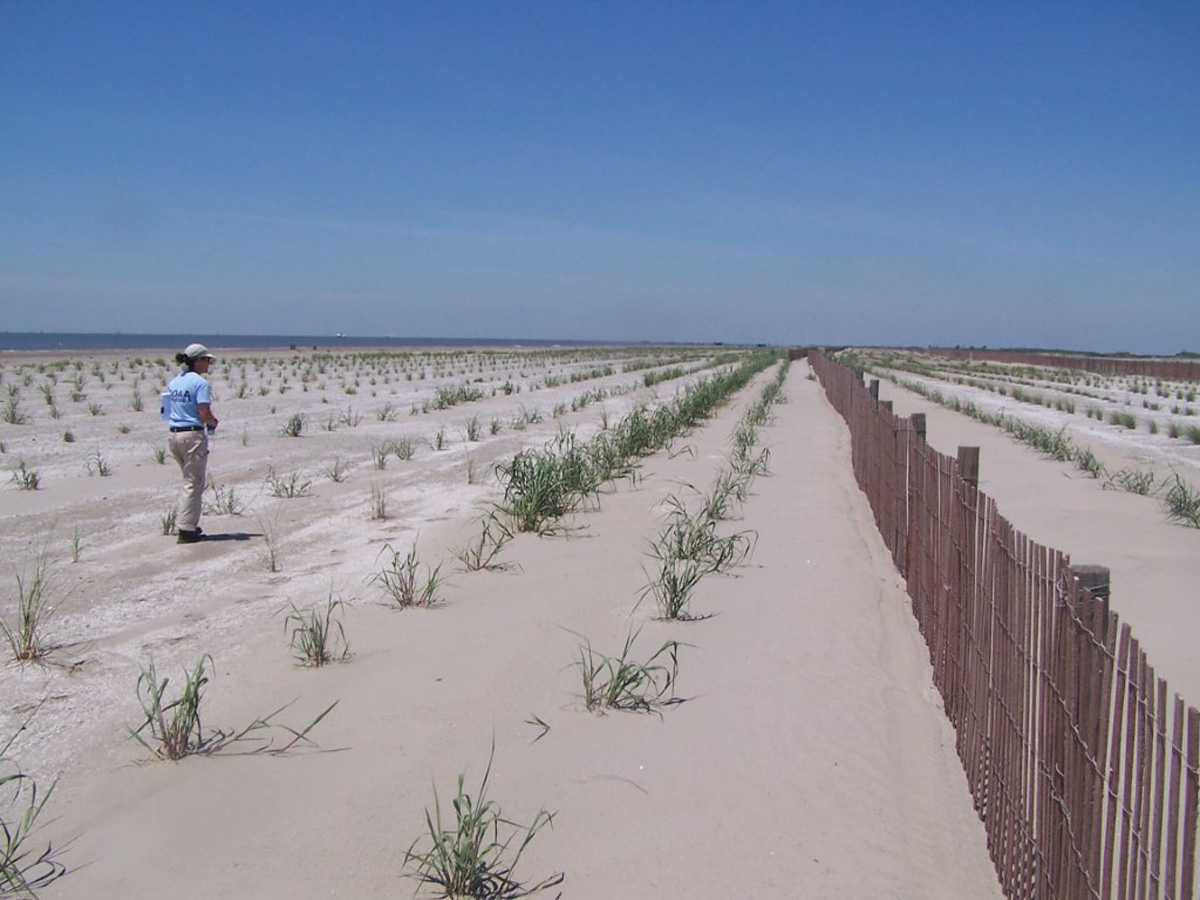
Three of the beach and island projects currently underway are designed to keep the Terrebonne Basin intact for the next 20 years or more and provide protection for infrastructure and the fishing camps, marinas, and bait shops in small but important towns like Port Fourchon, Leeville, Cocodrie, and Dulac.
Approximately 9.2 million cubic yards of sand will be dredged from a massive ancient Mississippi River delta in about 30 feet of water off Terrebonne Parish. The sand will be barged to the beaches and then shaped with earth-moving equipment before being planted with native grasses to help hold it in place.
In all, approximately $167 million in fines from the National Fish and Wildlife Foundation’s Gulf Environmental Benefit Fund is being spent to revive and extend the life of the West Belle Pass headland, Timbalier Island, and Trinity Island. The GEBF was the first fund established with oil spill penalties and dedicated $2.4 billion Gulf-wide to projects that restore fish and wildlife habitat damaged by Deepwater Horizon.
Haase, who has worked on coastal habitat restoration and hurricane protection efforts in Louisiana for more than 20 years, says the oil spill fines have allowed the CPRA and federal partners to expedite project construction, while dramatically increasing the size and scope of island and beach restoration projects.
Restoration efforts that once consisted of projects costing $15-million to $30-million and taken on piecemeal have grown into massive $100-million projects that can rebuild hundreds of miles of beach, dune, and tidal marsh all at once.
“Over the last decade we’ve taken a more system-wide approach to barrier island restoration,” says Haase. “Rather than build one project here and there, in our analysis, we saw that there were weaknesses in certain areas of islands and headlands that we could address that would prevent breaches and help provide more protection to the habitats inside the barrier islands.”
The challenge was always to use the unprecedented fines and penalties paid by those responsible for the economic and environmental destruction and loss of life to make sure the mistakes of the past weren’t repeated—to make the Gulf a better place post-spill. Louisiana’s investment and the innovation developed in restoring its critical barrier islands, beaches, and marshes shows that our state has wholeheartedly embraced that responsibility.
This story first appeared as a guest blog for Fishing Tackle Retailer in honor of World Oceans Day. Top photo by Tim Donovan.

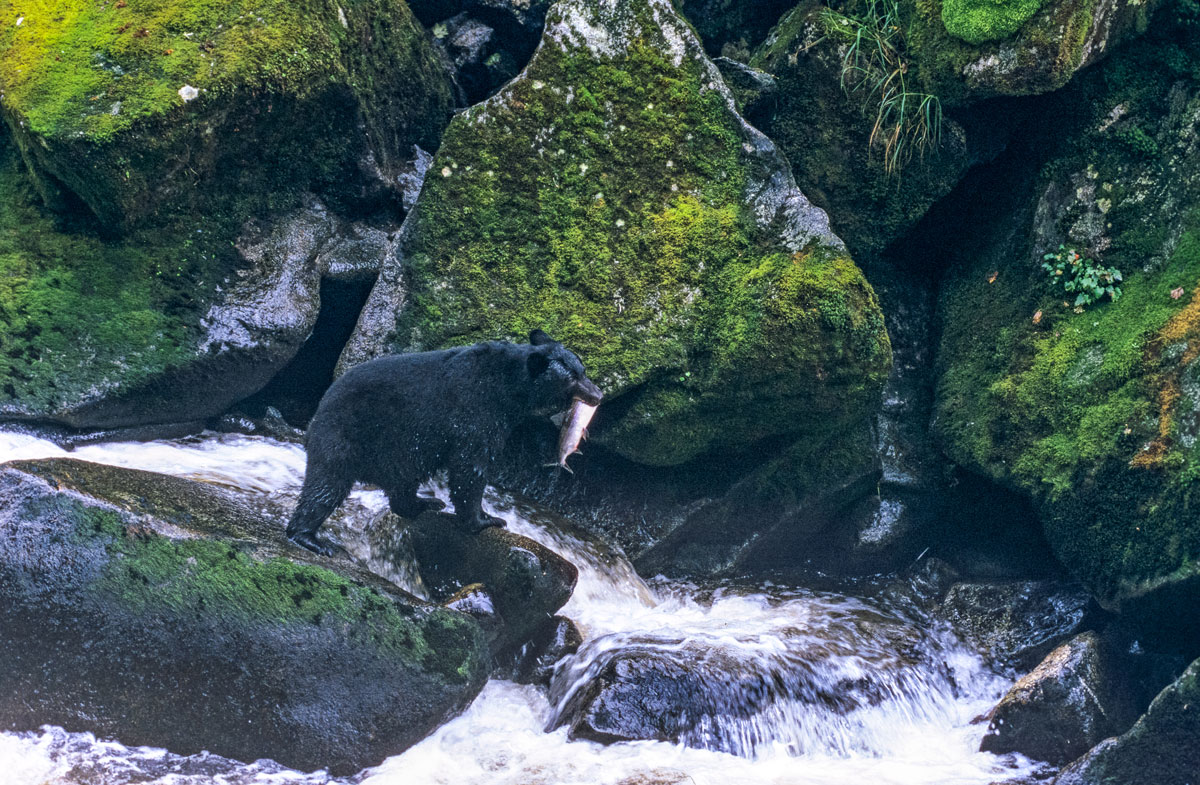
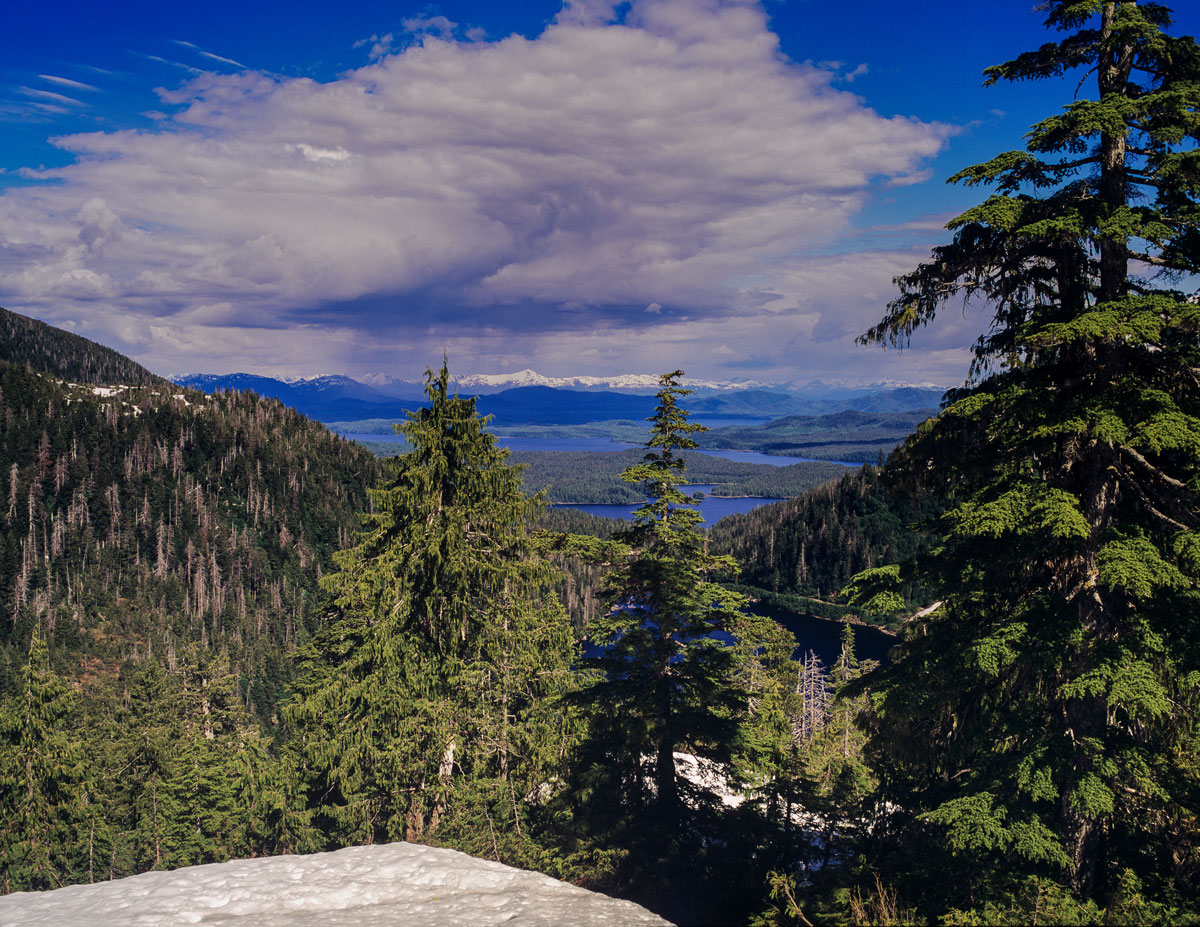
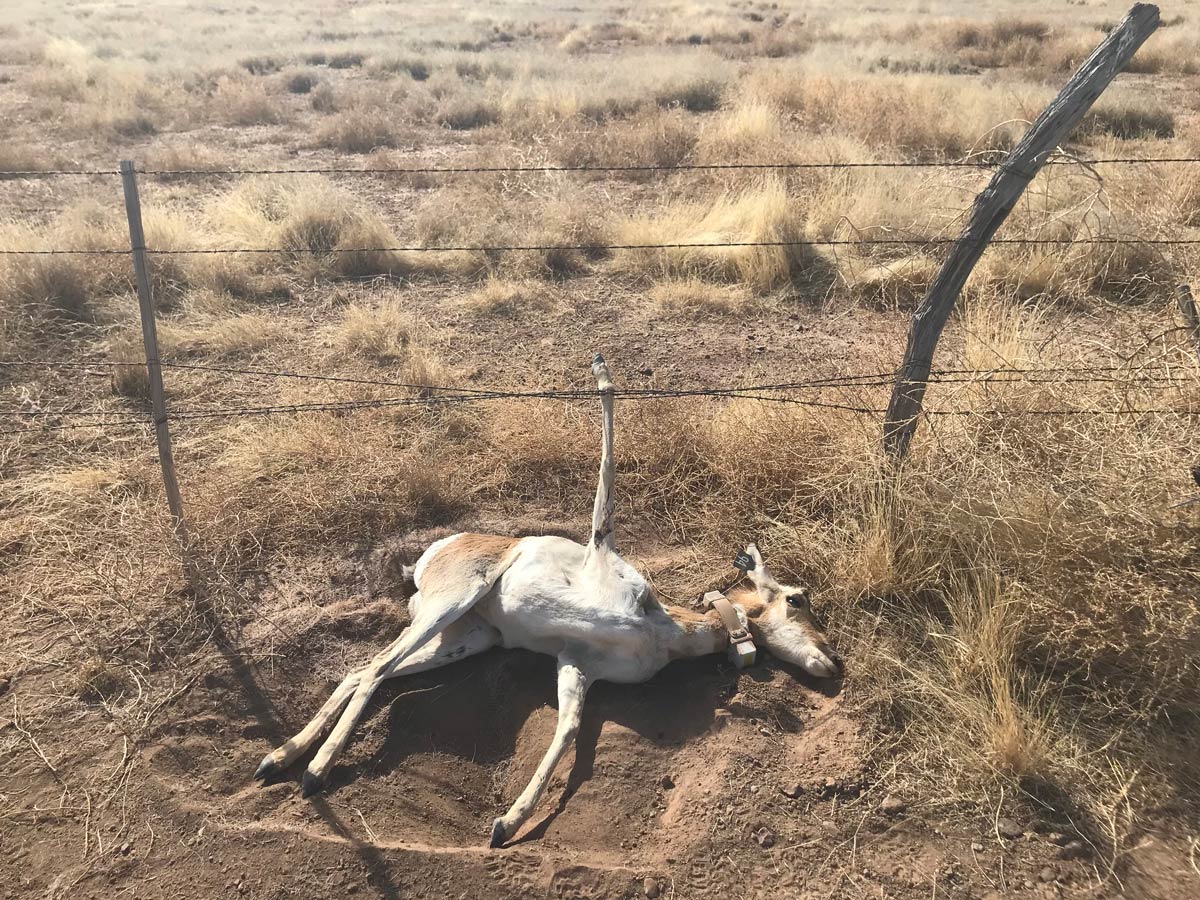
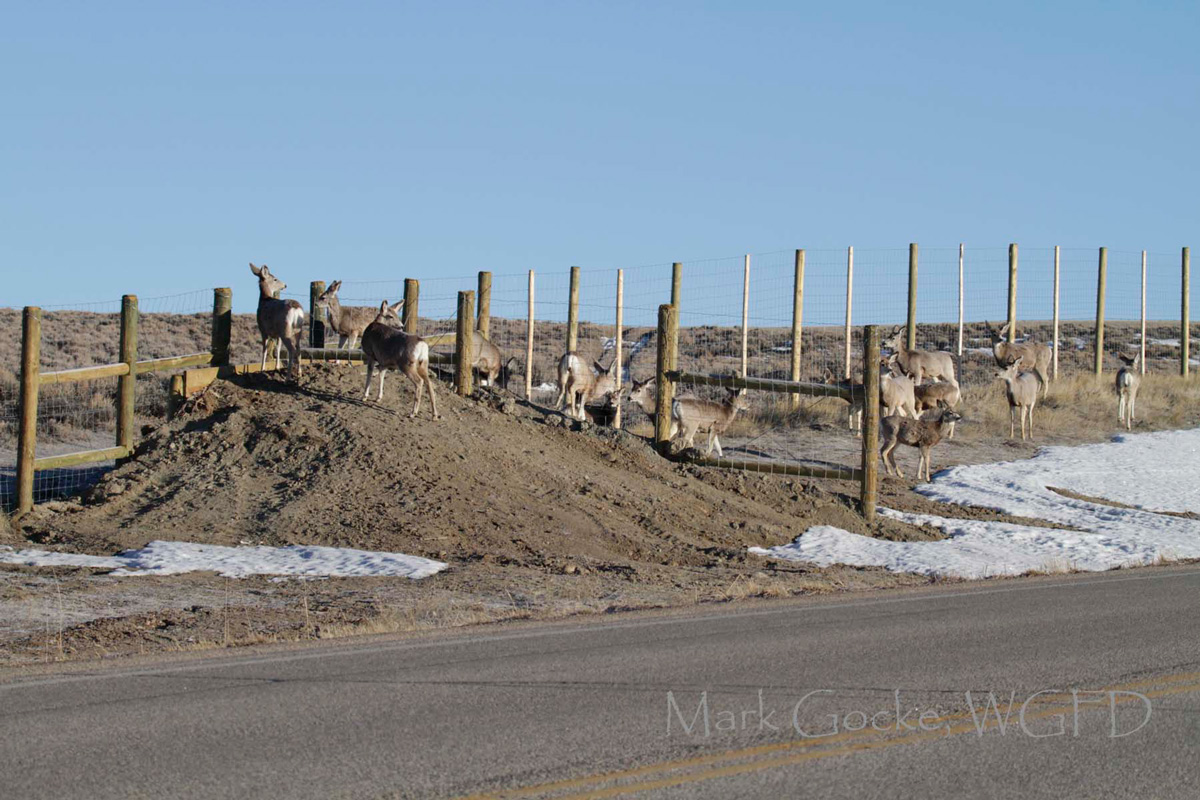
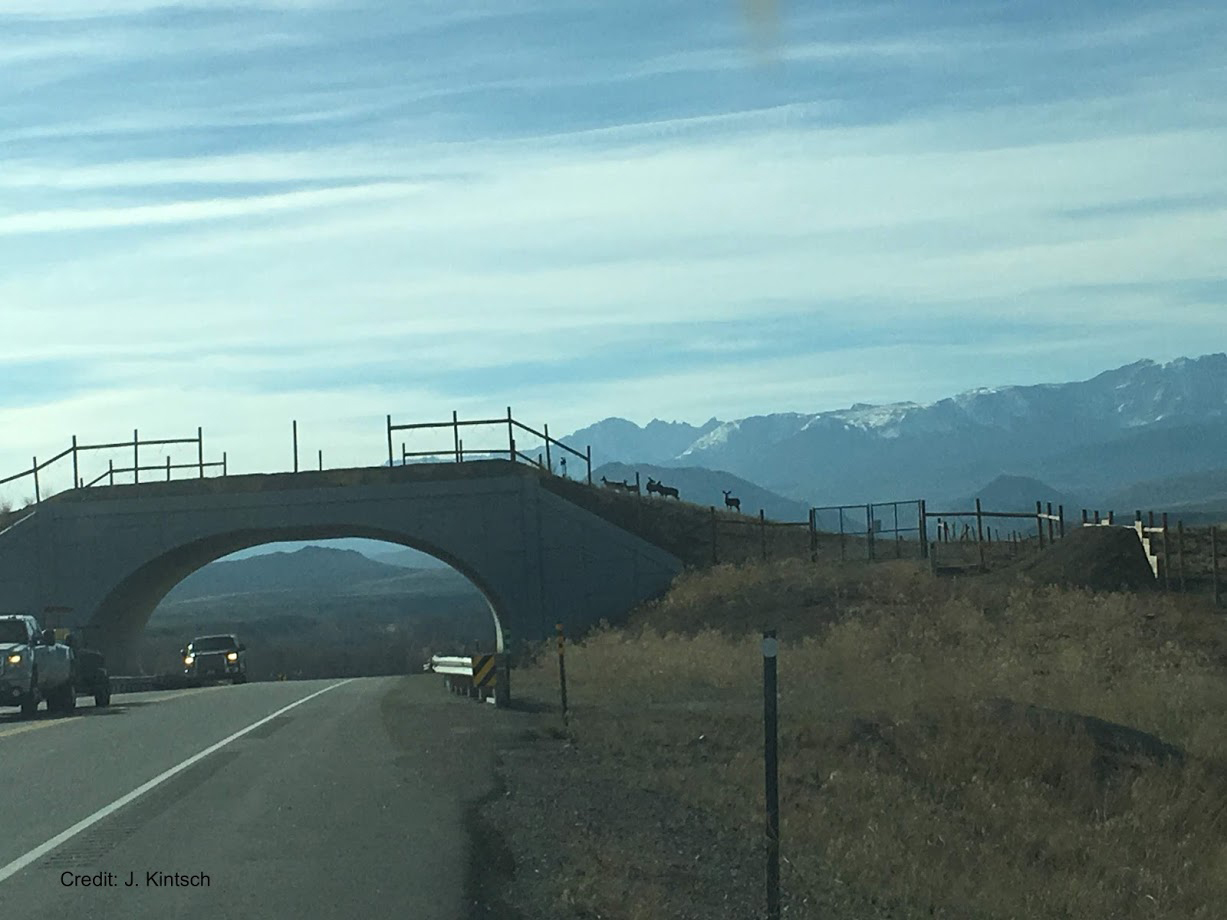
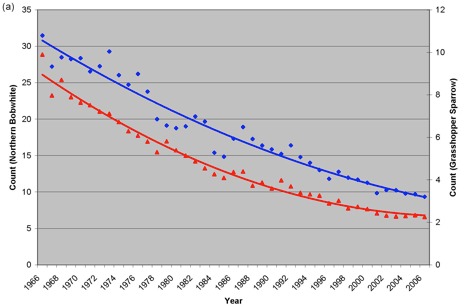
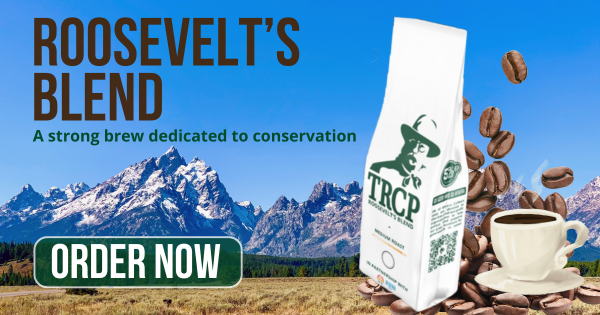



Chris macaluso is a great ambassador for the state of Louisiana, I’ve met him once,& also his father mr.joe,great people, great family.But Louisiana has had a tumor for too long with the public access problem with the oh precious landowners,these types of people make me sick, please help us anglers.